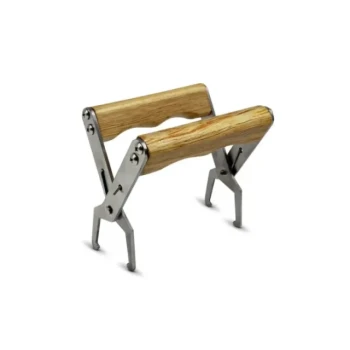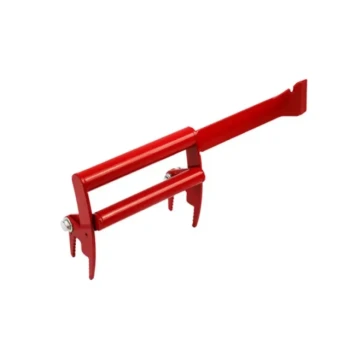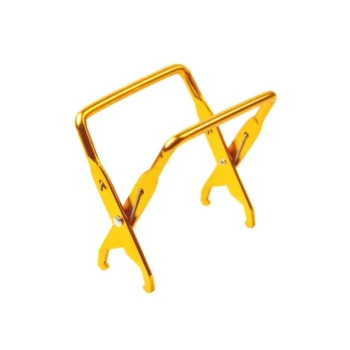In short, your primary choices for honey super foundations are wax or plastic. While you can also opt for a foundationless frame, wax and plastic are the most common options, each offering a distinct set of benefits and drawbacks related to durability, bee acceptance, and ease of use.
The decision between foundation types is a fundamental choice for any beekeeper, balancing the bees' natural preference for wax against the operational efficiency and durability offered by modern plastic alternatives.
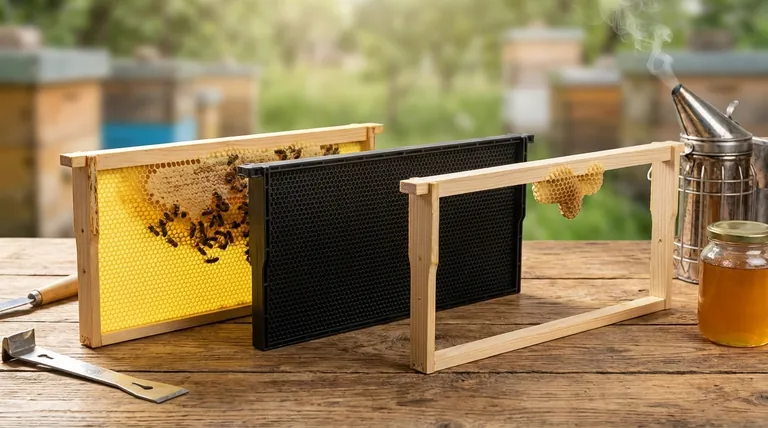
The Core Foundation Choices
Understanding the characteristics of each foundation type is the first step in equipping your honey supers for a successful harvest. The choice you make impacts everything from hive setup to the extraction process.
Wax Foundation
Wax foundation is the traditional choice, consisting of a thin sheet of beeswax imprinted with a honeycomb cell pattern. It provides a guide for bees to build their comb upon.
To add strength and prevent sagging, these wax sheets are often reinforced with embedded wires. Bees typically accept and draw out comb on wax foundation very readily.
Plastic Foundation
Plastic foundation is a rigid, durable alternative molded with the same honeycomb pattern. It's designed to snap directly into a frame, significantly reducing installation time.
Its primary advantages are longevity and resistance to damage. Plastic foundation is not susceptible to wax moth damage and can withstand the high speeds of mechanical honey extractors without breaking.
Foundationless Frames
Choosing to go foundationless means you provide the bees with an empty frame, often with just a small "starter strip" of wood or wax along the top bar. The bees then build their entire comb from scratch within the frame.
This method produces the most natural comb, but it is also the most fragile. It requires careful handling, especially during inspections and honey extraction.
Understanding the Trade-offs
No single foundation type is universally superior. The best choice for you depends on your beekeeping philosophy, the scale of your operation, and your goals for honey and wax harvesting.
Bee Acceptance vs. Beekeeper Convenience
Bees will almost always begin working on wax foundation more quickly and enthusiastically than plastic. It's a natural material they instantly recognize.
However, plastic foundation offers unmatched convenience. It is faster to install, easier to clean, and can be reused for many seasons, saving both time and money in the long run.
Durability and Pest Resistance
Foundationless and wax foundation combs are highly susceptible to damage from pests like wax moths. An infestation can quickly destroy drawn-out comb, especially in storage.
Plastic foundation is virtually immune to wax moths. You can scrape off old comb and reuse the plastic sheet without worrying about pest damage, making it a reliable choice for long-term use.
Honey Extraction Considerations
During centrifugal extraction, the rotational force can easily break new or fragile comb. Plastic foundation provides the most support, allowing for high-speed extraction without blowouts.
Foundationless frames are the most delicate. While they can be extracted with great care at low speeds, many beekeepers prefer the crush and strain method. This involves crushing the entire comb and straining the honey, which also yields a valuable beeswax harvest.
Making the Right Choice for Your Apiary
Your specific goals should guide your decision. There is no one-size-fits-all answer, so consider what you want to achieve with your hives.
- If your primary focus is maximum durability and efficiency: Choose plastic foundation for its resilience during extraction and long-term reusability.
- If your primary focus is natural beekeeping and wax harvesting: Use foundationless frames to get pure, chemical-free comb and harvest valuable beeswax.
- If your primary focus is encouraging rapid bee acceptance in a traditional setup: Wired wax foundation is an excellent and reliable choice that your bees will readily accept.
Ultimately, selecting the right foundation is about aligning your equipment with your personal beekeeping philosophy and operational needs.
Summary Table:
| Foundation Type | Primary Advantage | Key Consideration |
|---|---|---|
| Wax Foundation | High bee acceptance, traditional choice | Susceptible to damage; can sag |
| Plastic Foundation | High durability, easy to clean/reuse | Lower initial bee acceptance |
| Foundationless Frames | Most natural comb, pure wax harvest | Very fragile; requires careful handling |
Equip Your Apiary with the Right Foundation from HONESTBEE
Choosing the right foundation is critical for hive health and honey production efficiency. Whether you manage a large commercial apiary or supply equipment to distributors, HONESTBEE provides the durable, high-quality foundations you need to succeed.
We supply:
- Durable Plastic Foundations: Built to withstand high-speed extractors and last for seasons.
- Reinforced Wax Foundations: For optimal bee acceptance with added strength.
- Frames for All Types: Compatible with wax, plastic, or foundationless methods.
Let us help you maximize your operation's productivity and longevity.
Contact HONESTBEE today for wholesale pricing and expert advice tailored to commercial beekeepers and distributors.
Visual Guide
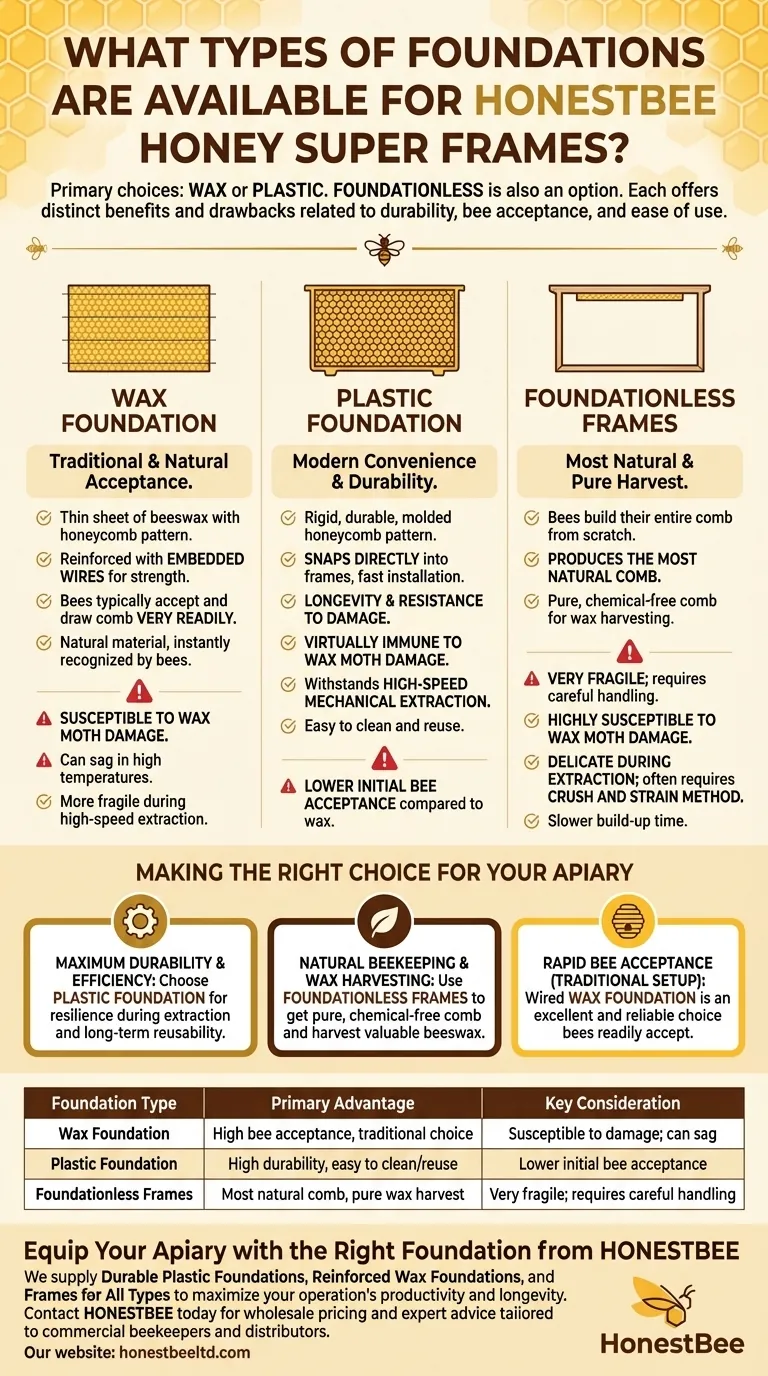
Related Products
- Plastic Bee Frame Beekeeping Hive Frames for Wholesale
- Food Grade Plastic bee Foundation for Bee Frames
- Beeswax Foundation Sheets Beehive Foundation for Wholesale
- Manual Beeswax Comb Foundation Machine Wax Foundation Mill Embossing Machine
- HONESTBEE Wired and Assembled Wooden Bee Frames Foundation for a Thriving Hive
People Also Ask
- Are plastic frames good? Boost Apiary Efficiency with Durable, Pest-Resistant Frames
- Why are plastic frames popular in commercial beekeeping? Boost Efficiency & Durability at Scale
- What are the advantages of plastic frames for beehives? Boost Apiary Efficiency & Durability
- What are the main types of frames available for beehives? Wood vs. Plastic for Your Apiary
- What is a general rule for beekeepers with many hives regarding frame choice? Maximize Efficiency with Plastic Frames








